F1 returns to the Yas Marina Circuit in the first week of December for the season-ending Abu Dhabi Grand Prix.
However, it won’t be the first time the eyes of the motorsport world will have been fixed on the United Arab Emirates as 2025 draws to a close.
That is because, on November 15, three weeks before the Formula 1 curtain call, the Abu Dhabi Autonomous Racing League (A2RL) is holding its second-ever race on a shortened version of the track on the Arabian Peninsula.
A2RL first caught the attention of the racing community in April 2024 when former F1 driver Daniil Kvyat drove alongside a fully autonomous single-seater at Yas Marina, in a world-first.
That was a mere prelude to a completely driverless contest between eight teams, with the fastest four competing in a six-lap race to the chequered flag. Dubbed The Grand Final, it was a milestone that had also never been accomplished before.
In advance of the second voyage, RacingNews365 sat down with Josh Roles, head of racing operations at A2RL, to discuss how the league has developed in the past 18 months and what it learned from the inaugural event.
"A2RL is at that place now where Formula 1 was when it first started," Roles explains. "We are in the inception stage."
Viewed by others:
Aside from requiring no driver, unlike F1, A2RL is a spec-series — at least as far as the hardware is concerned.
The chassis are built by Dallara and are essentially modified versions of Super Formula cars, costing around €800,000 each.
As for the software, a base level is provided, which teams must build upon. Every machine is equipped with the entire technology A2RL has to offer, but teams can determine how much of that code, and which areas of it, they use to devise their own algorithms.
Once the cars exit the pit lane and head out on track, however, the teams relinquish control to the fully automated machines they have programmed.
Roles, who describes the league as a "very complex beast", is responsible for aligning the technical, commercial and logistical elements of A2RL, with a close focus on the safety of the racing, the efficiency of race delivery and risk management.
And having cut his teeth in F1 as a race mechanic at McLaren, Roles is well-positioned to compare the league to the championship that is often referred to as the pinnacle of motorsport.
"We're learning for ourselves what we need to do in order to put on a good showcase and deliver technology," Roles adds.
Scenario planning
Whilst Formula 1 is now over three-quarters of a century old, A2RL is in its infancy. As such, there are considerable unknowns to encounter. One of the biggest obstacles to overcome for Roles and A2RL is scenario planning.
The first event marked a significant step for both motorsport and artificial intelligence, offering a glimpse into how technology could transform the face of global sport in the future.
Like most things closely linked to AI, opinions were mixed. It was a situation not helped by moments of confusion from the cars, including some stopping in sympathy when a rival machine faced issues.
"So, it's almost impossible to cover every single scenario, as you can imagine," says Roles, who feels teams will be better able to adapt to unforeseen circumstances this time around.
"The scenario planning specifically is critical… It's one element that last year, we were maybe missing in our first year of the race, but now I think we're on top of it,” he says in reflection.
"We do a lot of collaboration with teams to play out scenarios. We do a lot of digital twin testing. We have something called an EM system, which is basically our race control management tool in how we deploy these flags.
"But, like you see in Formula 1, when you deploy a yellow flag, a human acts on that — but what we have to do is we have to send that flag to the car, and the car has to be pre-programmed to react in a particular way."
As previously highlighted, the most noteworthy moment in last year’s race came when the polesitter, a car known as Eva and operated by the team PoliMove, spun.
It triggered a full-course yellow flag. Under usual yellow flag conditions, overtaking is not permitted — a well-established rule across motorsport.
However, because Eva had stopped and was moved off track, overtaking was allowed. But rival cars assumed this was not the case. It ultimately led to a red flag and the race being shortened from eight laps to six.
"Last year, we never really knew what the outcome of a yellow flag or a crash would entail," states Roles.
"Now, from the learning of year one, we know a lot of what that entails, and we've planned and worked with the teams to run hundreds and hundreds of scenarios to basically create what we call our scenario planning group, which is everyone who's involved if there's a crash or a car stops on track.
"So, this year, we'll see a big difference in how we handle scenarios, and it’ll allow us to have a proper race with overtaking, with a car stopping on track and the race continuing."
"There will be a lot fewer stoppages on track, which should hopefully give us a much better race and show people that what we have developed over the last 18 months has really been worth the wait."
Doing science in the public domain
There was, as to be expected, a lot A2RL could take away from its first voyage, both good and bad.
"Last year was very much our first year of doing anything," Roles replies when asked how things have developed since the first race.
"It was the first time we put cars on track. It's the first time in the world that anyone ran multi-car racing in an autonomous environment.
"For us, last year was a learning curve, a steep learning curve. We refer to everything we do here at A2RL as doing science in the public domain.
"So, we push technology past its capabilities. We push software past its best, and we have crashes, and we won't stop doing that, because our core focus is developing hardware and software in probably one of the harshest environments in which you could develop technology."
After the "steep learning curve" of 18 months ago, Roles pinpoints the biggest hurdle the league has overcome following the inaugural race.
"But for this year… the biggest learning we had, I think, was sensor redundancy in the car," he adds. "We had a particular set of sensors that we offered. We never really tested them to breaking point.
"Last year, we had a few that kind of reached breaking point, and they had a big impact on the software and things for the team.
"So, this year, redundancy is a huge, huge factor from a physical perspective. And I would say this year, based on last year's events and operations and things, we've learned a lot in terms of race structure, operational strategies, how we deploy certain models and AI that we use as A2RL."
A2RL's 'biggest risk'
All this should culminate in an improved spectacle, putting to bed some of the criticism the league initially faced.
It is something A2RL and Roles are already acutely aware of. "I guess the biggest risk from our side is, at the moment, the entertainment factor, I would probably say, to be completely honest," he acknowledges.
"Because we understand internally, and all of our close network understands that what we're doing is science. Ultimately, at the broad, bottom level, we're doing science.
"And it's no different to people like SpaceX, who go and launch a rocket and it explodes live on TV, and they reiterate and they relaunch. That's how we see A2RL in the motorsport industry.
"But what I think the risk is, is that people don't see that necessarily. People saw the race last year, saw kind of how it ended up. But what they didn't grasp was the fact that this is a world first.
"No one else in the world has ever done this. The systems on board are incredibly complex. The infrastructure around the circuit that we have to put in place is similar to Formula 1 level, but people don't see that.
"So, I think that's our biggest risk, that we don't maybe communicate it to the public, or maybe it's very complex to communicate."
Nonetheless, considerable work has been undertaken behind the scenes in preparation for November.
And there is good reason for confidence. The second race at the Yas Marina Circuit will bolster a larger grid, with the field having expanded from eight teams to 11.
This, in conjunction with the lessons learned from the first event and the progress made thereafter, is a sign of how far A2RL has come.
"There’s going to be a wider grid, but I think there's going to be a lot more reliability," Roles states.
"There will be a lot fewer stoppages on track, which should hopefully give us a much better race and show people that what we have developed over the last 18 months has really been worth the wait."
Don't miss out on any of the Formula 1 action thanks to this handy 2026 F1 calendar that can be easily loaded into your smartphone or PC.
Download the calenderMost read
In this article

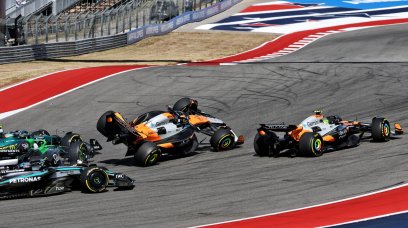
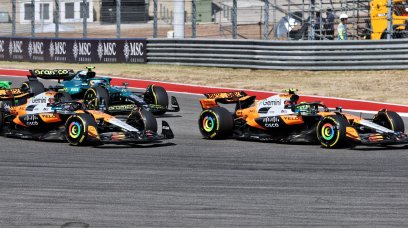

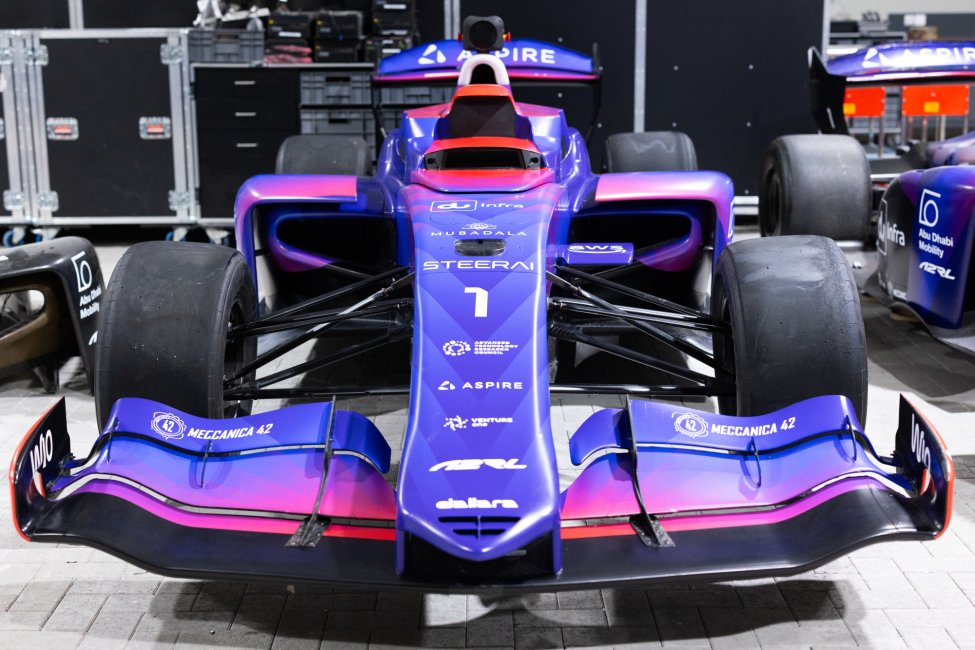
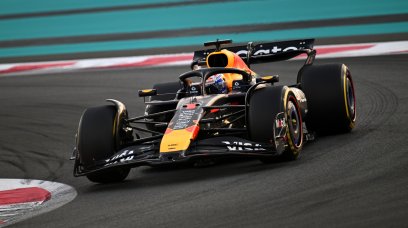
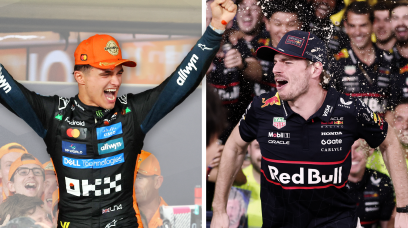

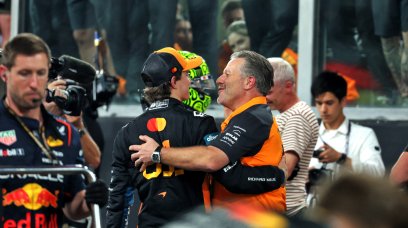
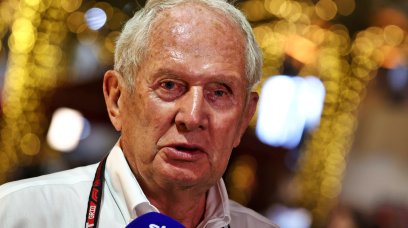
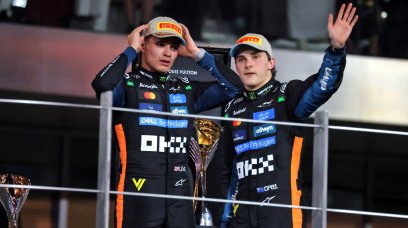
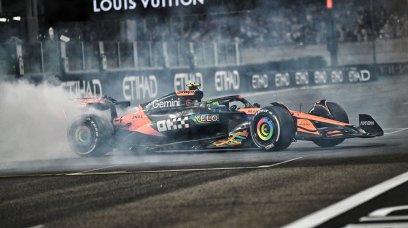
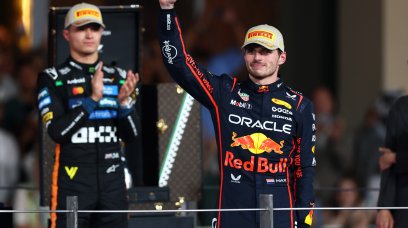












Join the conversation!